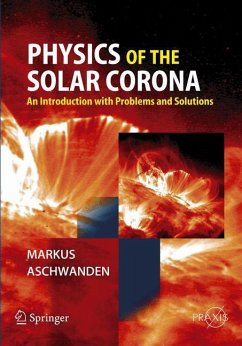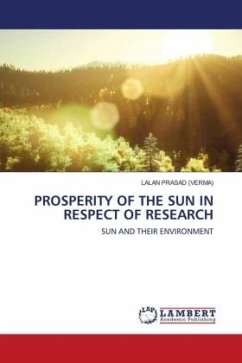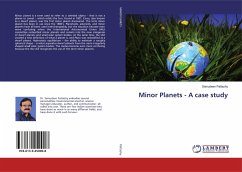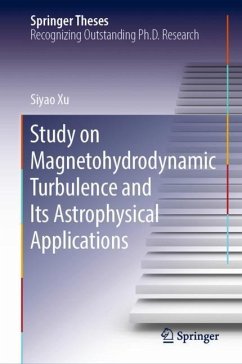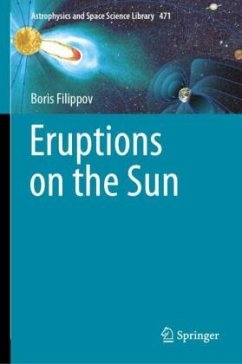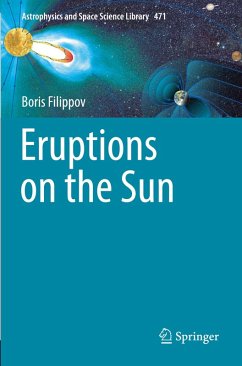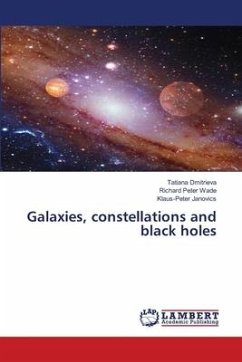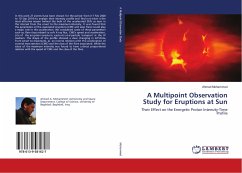
A Multipoint Observation Study for Eruptions at Sun
Their Effect on the Energetic Proton Intensity-Time Profile
Versandkostenfrei!
Versandfertig in 6-10 Tagen
43,99 €
inkl. MwSt.

PAYBACK Punkte
22 °P sammeln!
In this work 27 events have been chosen for the period from (17 Feb 2000 to 10 Sep 2014) to analyze their intensity profile and find out what is the most effective reason behind the bulk of the accelerated SEPs as seen in the interval from the onset to the maximum intensity. It was found that the parameters of the associated eruptions (CME and solar flare) could play a major role in this acceleration. We considered some of these parameters such as: flare class related to soft X-ray flux, CME's speed and acceleration, site of the eruption (western, eastern) and particle transport in the IP medi...
In this work 27 events have been chosen for the period from (17 Feb 2000 to 10 Sep 2014) to analyze their intensity profile and find out what is the most effective reason behind the bulk of the accelerated SEPs as seen in the interval from the onset to the maximum intensity. It was found that the parameters of the associated eruptions (CME and solar flare) could play a major role in this acceleration. We considered some of these parameters such as: flare class related to soft X-ray flux, CME's speed and acceleration, site of the eruption (western, eastern) and particle transport in the IP medium. The shape of the profile showed a clear changing in DeltaT1(time from onset to maximum), as an inverse relation with the acceleration of coronal mass ejection (CME) and the class of the flare associated. While the value of the maximum intensity was found to have a direct proportional relation with the speed of CME and the class of the flare.



